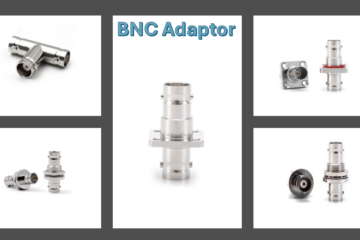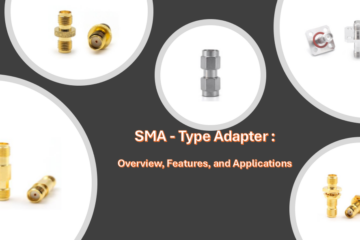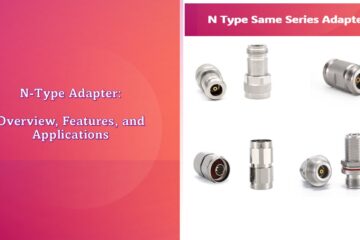RF attenuator are essential components in the world of radio frequency applications. They are used to reduce the power of a signal without distorting its waveform. This ensures that sensitive equipment is protected from potentially damaging high signal levels. This guide will explore various coaxial attenuator types, including the popular 10dB attenuator, 20dB attenuator, 30dB attenuator, and 40dB attenuator.
What is an RF Attenuator?
An RF attenuator is a device designed to reduce the amplitude of a signal without significantly degrading the signal’s integrity. These devices are crucial in RF and microwave applications, where precise control over signal levels is necessary.
Types of RF Attenuator
There are several RF attenuator types available, each suited for different applications. Here, we’ll focus on a fixed attenuator, which provides a constant attenuation level.
10dB Attenuator
A 10dB attenuator reduces the signal power by a factor of 10. This type is commonly used in scenarios where only a modest reduction in signal strength is needed. It’s ideal for general-purpose use in various RF applications.
20dB Attenuator
The 20dB attenuator offers a greater reduction in signal power, cutting it down by a factor of 100. This makes it suitable for more demanding applications where a significant reduction is required to protect sensitive components.
30dB Attenuator
When even higher attenuation is necessary, a 30dB attenuator comes into play. It reduces the signal power by a factor of 1000, making it ideal for high-power applications where substantial signal reduction is essential.
40dB Attenuator
The 40dB attenuator provides an extreme level of attenuation, reducing signal power by a factor of 10,000. This type is used in specialized applications where very high levels of signal reduction are needed to ensure the safety and functionality of sensitive RF equipment.
Choosing the Right RF Attenuator
Selecting the appropriate coaxial attenuator depends on your specific application requirements. Consider the following factors:
- Power Handling Capacity: Ensure the attenuator can handle the power levels of your application.
- Frequency Range: Choose an attenuator that operates within the frequency range of your system.
- Connector Type: Match the connector type to your existing equipment for compatibility.
In conclusion, understanding the different RF attenuator types and their specific applications can help you make an informed decision. Whether you need a 10dB attenuator for general purposes or a 40dB attenuator for high-power applications, selecting the right attenuator ensures optimal performance and protection for your RF systems.








0 Comments